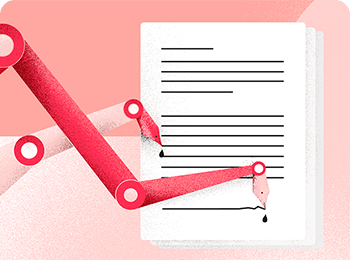This refers to how the site performs on the consumer’s point of view. UX design is not, as many think, the same as graphic or visual design, though the two often work hand-in-hand. UX addresses all aspects of a service from the perspective of the customer. It essentially guides the interaction of the consumer with mobile apps and websites form both a visual and functional perspective.
UX designers are not focused so much on how a site looks, aesthetically, as how the site works for a consumer and how user-friendly it is.
The web designer builds the maze, while the UX designer guides the user through it.
UX design also focuses on ensuring that users of the site have a good experience regardless of what platform they are using – something that is increasingly important with the growth of people accessing the internet on mobile devices.
Ultimately, good UX design should ensure that people hang around longer on your site, increasing your user count and, in the case of e-commerce websites, increasing the chance of someone making a purchase and recommending your site to others.
UX can typically be broken down into four parts:
» Identification – If the user can identify the product, service or idea and understand it.
» Stimulation – If the site is interesting enough to keep the user’s attention.
» Evocation – If the user can relate or have an emotional response to the website.
» Usability – If the site is easy to use and find what the user is looking for.
Every person is different. And it’s safe to say that we all experience websites differently. No two target markets experience a site the same way. So it makes it a challenge for businesses to accomplish their goals online. So how do we get a user to complete the goals we want? This is where UX designers come into play. User Experience Design is the creation of online experiences with the intentions of promoting a specific behavior and/or feeling from a viewer. So what we do is tailor website designs in order to meet the needs and goals of a business or client.
Typically we start by researching two groups:
» The Users – Who they are, what they want and how we can accomplish this goal.
» The Business – Who they are, what they need and how that goal can be met.
This step helps bridge the gap between users and businesses, hopefully creating a beneficial experience for both parties.
source: https://www.onlinethinkers.com/user-experience-in-web-design/

